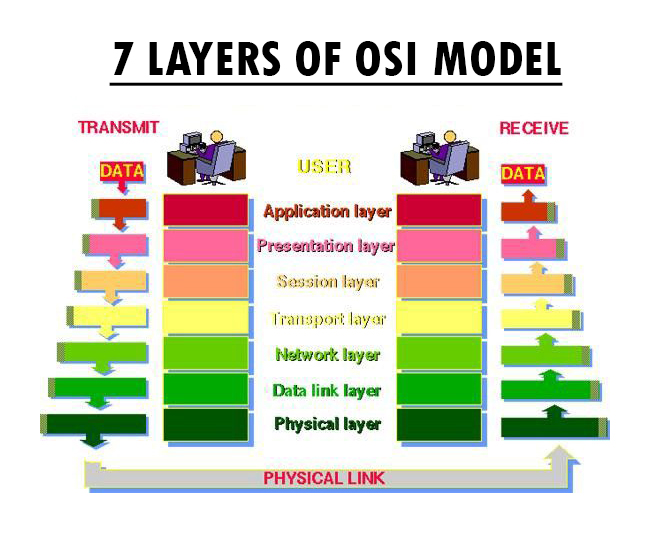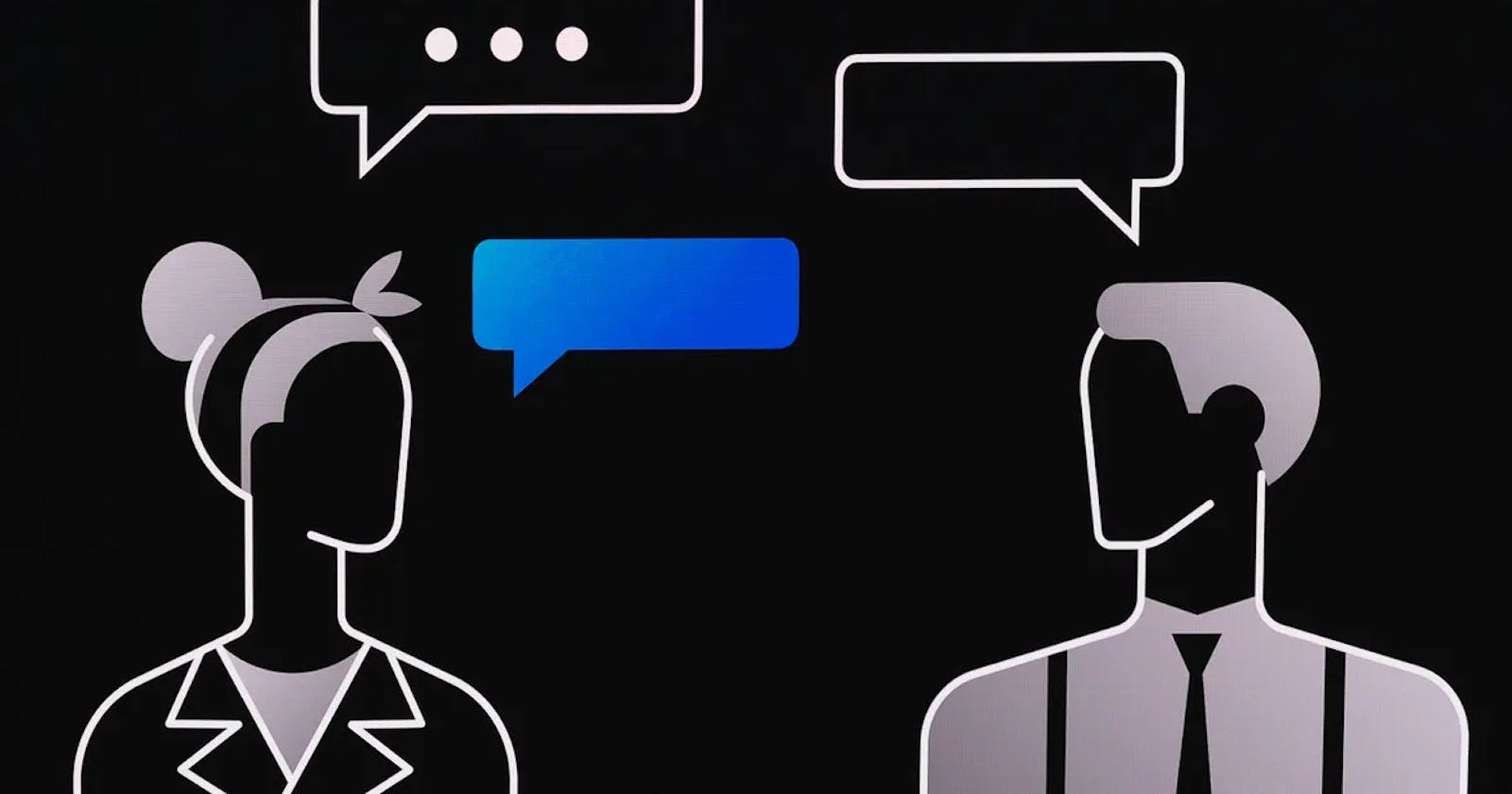Once upon a time, in the vast realm of digital love, a sweet and endearing love story unfolded, following the stages of the OSI (Open System Interconnection) model. Let's dive into this love story with a touch of technology.

Application Layer
Nibba and Nibbi's Love App: Our protagonists, Nibba and Nibbi, started their journey of love by using a special application called "WhatsApp." This application, representing the Application Layer in the OSI model, allowed them to communicate and share their feelings with each other.
Presentation Layer
Encryption and Decryption of Love: In order to keep their conversations private and secure, Nibba and Nibbi relied on the Presentation Layer. This layer encrypted and decrypted their messages, just like the end-to-end encryption feature in WhatsApp, ensuring that their love remained secret and protected.
Session Layer
The Bond Between Nibba and Nibbi: To maintain a seamless connection and session between Nibba and Nibbi, the Session Layer played a crucial role. Whenever Nibbi was online, a session would be established between them, allowing them to chat and share their affectionate moments together.
As their love journey progressed, their messages were ready to venture into the digital world beyond their phones.
Transport Layer
The Journey of Love Begins: The Transport Layer took charge of their messages, carrying their heartfelt expressions through the vast network of the internet. This layer ensured that their messages traveled reliably and efficiently, just like the emotions of their hearts.
Network Layer
Navigating the Path of Love: The Network Layer acted as a guide for their messages, helping them find the best path to reach their destination. It determined the most efficient route for their love-filled words to travel, overcoming obstacles and finding their way through the internet's vast network.
Data Link Layer
Creating Links of Love: Upon reaching the destination network, the Data Link Layer came into play. This layer helped find the address of Nibbi's device, creating a strong link between Nibba's and Nibbi's devices, much like a bridge connecting two hearts
Physical Layer
The Physical Connection: The Physical Layer represented the physical devices required for their love to traverse the digital landscape. In this case, a router served as the physical device that facilitated the transfer of their affectionate messages from Nibba to Nibbi.
Their love journey continued as the process repeated when Nibbi responded to Nibba's heartfelt expressions. The layers of the OSI model worked harmoniously to ensure their love could flow freely and securely through the interconnected world of computer networks.
In this enchanting love story, the OSI model provided a standardized logical framework that allowed Nibba and Nibbi's love to transcend the boundaries of distance and technology. It showcased the incredible power of computer networks in bringing people closer and nurturing their relationships, just like Nibba and Nibbi's everlasting love.
TCP/IP Model
The TCP/IP model is a framework that helps computers communicate with each other over a network. It consists of four layers, each responsible for a specific part of the communication process.
The Network Interface Layer:
This layer deals with the physical connection between devices, such as Ethernet cables or Wi-Fi signals. It takes care of sending and receiving data in the form of bits (0s and 1s) over the network.
The Internet Layer:
This layer handles the addressing and routing of data packets. It assigns unique addresses to each device on the network, known as IP addresses, and ensures that data packets are sent to the correct destination by choosing the most efficient route
The Transport Layer:
This layer manages the transmission of data between two devices. It breaks down large chunks of data into smaller packets and ensures they are delivered reliably and in the correct order. It also handles error detection and recovery, making sure that any lost or damaged packets are retransmitted.
The Application Layer:
This is the layer that interacts directly with the applications or programs running on your computer. It provides protocols and services that enable specific types of communication, such as web browsing (HTTP), email (SMTP), or file transfer (FTP).
in the internet layer, we can find the number of network hops we need to visit our destination IP address. the traceroute command is commonly used to determine the number of network hops needed to reach a destination IP address by analyzing the ICMP "Time Exceeded" responses from intermediate routers along the path.

in my previous company, we have our server located in the Mumbai aws data center so requesting an Ahmedabad transfer from Delhi to Mumbai, it also gives isp provider name

you can find info of IP address at this site
https://www.iplocation.net/ip-lookup
To summarize, the TCP/IP model is a system that helps computers communicate by breaking down data into smaller pieces, assigning addresses, choosing the best route, and ensuring the reliable delivery of information between applications running on different devices.
#tws-computer-networking #osi-model #tcp/ip-model
